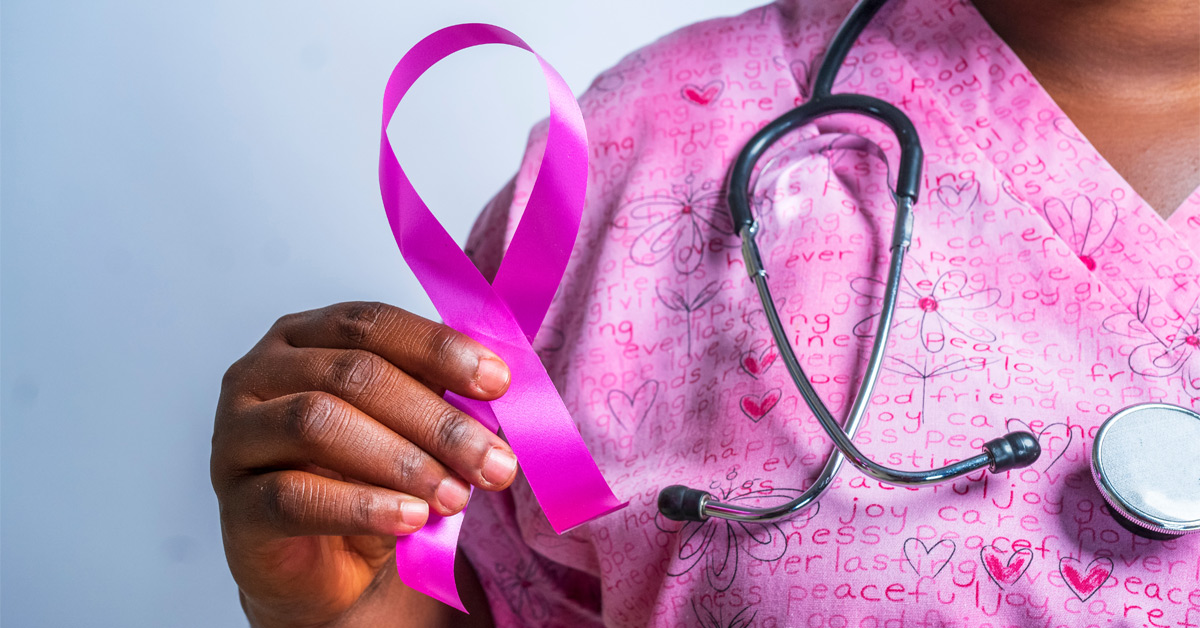Breast cancer is one of the most common cancers to affect women.
It occurs when cells in your breast multiply and grow more quickly than they should, forming a mass called a tumor.
Breast cancer is much more treatable when caught early. For this reason, detection through screening can make a big difference in treatment options and overall outcomes.
What Are the Symptoms of Breast Cancer?
One of the tricky things about breast cancer is that, in its early stages, you may not notice any symptoms at all. That’s why regular screening is so important. However, when symptoms do appear, they can include:
- A lump or thickening in your breast or underarm
- Changes in the size or shape of your breast
- Dimpling or puckering of the skin on your breast
- Nipple discharge, especially if it’s bloody
- Redness or flakiness of your breast or nipple
- Pain in one spot that doesn’t go away
Having these symptoms doesn’t mean you have breast cancer. However, getting checked out by a doctor if you notice any of the changes listed above is essential.
The Importance of Breast Cancer Screening
Screening can detect breast cancer early when it’s smaller and easier to treat. The goal is to find cancer before it has a chance to grow larger and spread within the breast or to other parts of the body.
Mammograms are the most effective screening tool we have.
A mammogram is a low-dose x-ray that allows your doctor to check for breast tissue changes that might not be visible or felt otherwise.
When Should Breast Cancer Screening Be Started?
Breast cancer screening guidelines vary depending on your age and personal risk factors, including family history or genetic mutations. Here’s a breakdown of the guidelines for when to consider starting and how often to get screened:
In your 20s and 30s
Routine mammograms aren’t usually recommended for women in their 20s or 30s, but it’s important to know what’s normal for your breasts. If you have a family history of breast cancer, your doctor may recommend earlier screening, sometimes including breast MRIs.
For women 40 to 74 years old
If you have an average risk for breast cancer, it’s generally recommended to get a mammogram every two years. Different screening schedules may be advised for women at a higher risk.
What to Expect During a Mammogram
Getting a mammogram is simple.
On the day of your appointment, you’ll be asked to remove clothing from the waist up and avoid using deodorant or powder, as these can affect the results. During the procedure, your breast will be positioned and compressed between two plates to get the clearest image possible. This pressure lasts only a few seconds, though it can be uncomfortable.
What If My Mammogram Shows Something?
If your mammogram results show something unusual, don’t panic.
Screening can sometimes lead to false positive results, where something looks like cancer but isn’t, which can be stressful.
In most cases, follow-up tests, such as additional imaging or a biopsy, may be needed to obtain a clearer picture.
Many times, these follow-up tests do not show cancer. However, they are required to be able to determine what exactly is causing the abnormal spot on the mammogram.
Breast Cancer Screening If You’re at High Risk
If you have a higher risk of breast cancer—such as a family history of the disease or a genetic mutation like BRCA1 or BRCA2—you may need to start screening earlier. Additional tests, like an MRI or ultrasound, may also be recommended by your doctor.
Knowing your family history and understanding what’s normal for your body matters when it comes to catching breast cancer early. If you’re over 40 or have concerns about breast changes, talk with a doctor about breast cancer screening.
Don’t delay caring for your health – schedule an appointment today!

